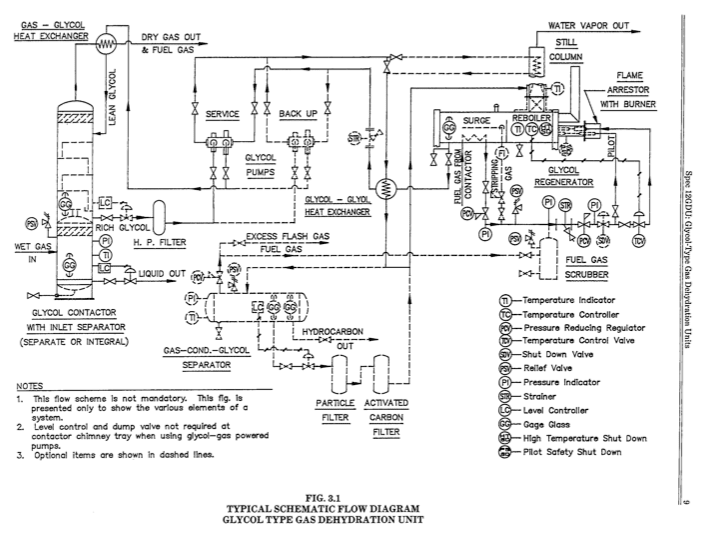PART 13 RULES FOR OVERPRESSURE PROTECTION BY SYSTEM DESIGN
13.2 PRESSURIZED EQUIPMENT FOR WHICH THE PRESSURE IS SELF-LIMITING
The decision to limit the pressure by system design is the responsibility of the user. The user shall request that the Manufacturer’s Data Report state that overpressure protection is provided by system design per 13.2. Pressurized equipment does not require a pressure relief device if the pressure is self‐limiting (e.g., the maximum discharge pressure of a pump or compressor), this pressure is less than or equal to the maximum allowable working pressure (MAWP) of the pressurized equipment at the coincident temperature, and the following conditions are met:
...(a) The user shall conduct a detailed analysis to identify and examine all potential overpressure scenarios. The “Causes of Overpressure” described in ANSI/API Standard 521 shall be considered. Other standards or recommended practices that are more appropriate to the specific application may also be considered. A multidisciplinary team experienced in methods such as hazards and operability analysis (HazOp); failure modes, effects, and criticality analysis (FMECA); “what‐if” analysis; or other equivalent methodology shall establish that there are no sources of pressure that can exceed the MAWP at the coincident temperature.
...(b) The results of the analysis shall be documented and signed by the individual in responsible charge of the management of the operation of the pressurized equipment. This documentation shall include the following, as a minimum:
......(1) detailed process flow diagrams (PFDs) and piping and instrument flow diagrams (P&IDs) showing all pertinent elements of the system associated with the pressurized equipment
......(2) a description of all operating and upset scenarios, including scenarios involving fire and those that result from operator error, equipment malfunctions, and instrumentation malfunctions
......(3) an analysis showing the maximum coincident pressure and temperature that can result from each of the scenarios listed in (2) do not exceed the MAWP at that temperature

